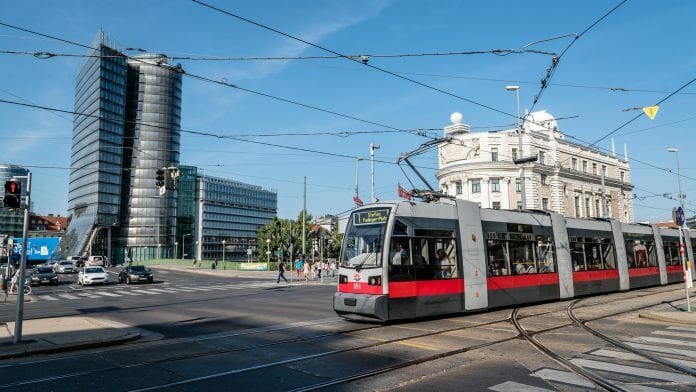
The Aspern Smart City Research (ASCR) initiative in Vienna, Austria has entered its second phase of development, due to run until 2023.
The 2.2 million square metre smart city project in Aspern was first established in 2013, combining the input of Vienna’s municipal authority; businesses in the technology and energy sectors; and a network operator. Using interconnected technologies, buildings in Aspern can communicate with each other and with the energy grid for a range of purposes, including:
- Generating and storing energy;
- Regulating temperature using smart meters;
- Monitoring weather and air quality; and
- Promoting efficiency and flexibility of energy distribution.
Viennese City Councillor for the Environment Ulli Sima said: “The ASCR is Vienna’s answer to the urgent questions of the future of energy supply and security – of course, we expect this cooperative research to also result in marketable products. This is where sustainable concepts for the energy supply of tomorrow are already being developed today, conserving resources and ensuring the quality of life in Vienna for the future.”
In addition to housing, the Aspern smart city project now comprises offices and business spaces, a university campus and extensive research facilities. Every day the research association in Aspern collects and links around 1.5 million distinct items of data. With more than 100 researchers working on the project, the town’s technical team anticipates the project’s second phase – “ASCR 2023” – will enable buildings to network more extensively with each other, businesses and markets; as well as channelling further research into heat redistribution and charging of electric vehicles.
Robert Grüneis, Managing Director of ASCR, said: “Our buildings are true masters of communication. You could say they speak about ten different languages; and that number is rising. The development of optimally coordinated generation and storage components based on renewable energies within the construction projects has now been completed. Now our houses are in dialogue [with each other].”




















